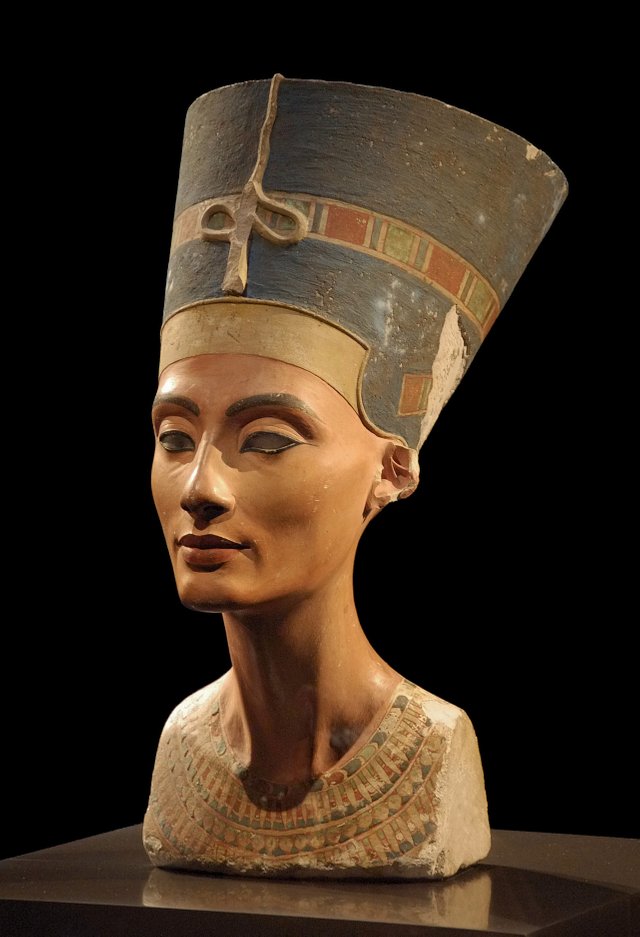Beauty is a concept that is subjective and can mean different things to different people. It can refer to the quality or combination of qualities that make something or someone aesthetically pleasing, attractive, or admirable. This can include physical features, such as symmetry, proportion, and color, as well as non-physical qualities, such as grace, kindness, intelligence, and talent. Beauty is often associated with art, nature, and the human form, and has been a topic of discussion and debate throughout history and across cultures. Ultimately, what is considered beautiful is a matter of personal preference and cultural norms.
Objectivism and subjectivism:-udgments of beauty seem to occupy an intermediary position between objective judgments, e.g. concerning the mass and shape of a grapefruit, and subjective likes, e.g. concerning whether the grapefruit tastes good.[13][10][9] Judgments of beauty differ from the former because they are based on subjective feelings rather than objective perception. But they also differ from the latter because they lay claim on universal correctness.[10] This tension is also reflected in common language. On the one hand, we talk about beauty as an objective feature of the world that is ascribed, for example, to landscapes, paintings or humans.[14] The subjective side, on the other hand, is expressed in sayings like "beauty is in the eye of the beholder".[3]
These two positions are often referred to as objectivism (or realism) and subjectivism.[3] Objectivism is the traditional view, while subjectivism developed more recently in western philosophy. Objectivists hold that beauty is a mind-independent feature of things. On this account, the beauty of a landscape is independent of who perceives it or whether it is perceived at all.[3][9] Disagreements may be explained by an inability to perceive this feature, sometimes referred to as a "lack of taste".[15] Subjectivism, on the other hand, denies the mind-independent existence of beauty.[5][3][9] Influential for the development of this position was John Locke's distinction between primary qualities, which the object has independent of the observer, and secondary qualities, which constitute powers in the object to produce certain ideas in the observer.[3][16][5] When applied to beauty, there is still a sense in which it depends on the object and its powers.[9] But this account makes the possibility of genuine disagreements about claims of beauty implausible, since the same object may produce very different ideas in distinct observers. The notion of "taste" can still be used to explain why different people disagree about what is beautiful, but there is no objectively right or wrong taste, there are just different tastes.[3]
The problem with both the objectivist and the subjectivist position in their extreme form is that each has to deny some intuitions about beauty. This issue is sometimes discussed under the label "antinomy of taste".[3][4] It has prompted various philosophers to seek a unified theory that can take all these intuitions into account. One promising route to solve this problem is to move from subjective to intersubjective theories, which hold that the standards of validity of judgments of taste are intersubjective or dependent on a group of judges rather than objective. This approach tries to explain how genuine disagreement about beauty is possible despite the fact that beauty is a mind-dependent property, dependent not on an individual but a group.[3][4] A closely related theory sees beauty as a secondary or response-dependent property.[9] On one such account, an object is beautiful "if it causes pleasure by virtue of its aesthetic properties".[5] The problem that different people respond differently can be addressed by combining response-dependence theories with so-called ideal-observer theories: it only matters how an ideal observer would respond.There is no general agreement on how "ideal observers" are to be defined, but it is usually assumed that they are experienced judges of beauty with a fully developed sense of taste. This suggests an indirect way of solving the antinomy of taste: instead of looking for necessary and sufficient conditions of beauty itself, one can learn to identify the qualities of good critics and rely on their judgments.[3] This approach only works if unanimity among experts was ensured. But even experienced judges may disagree in their judgments, which threatens to undermine ideal-observer theories.


আপনি এই লিংক থেকে হুবুহু লেখা কপি করেছেন৷ এই ধরনের কাজ মোটেই গ্রহণযোগ্য নয়৷ আপনাকে নিজের অবিজ্ঞতা কাজে লাগিয়ে পোস্ট তৈরি করতে হবে। কোথাও থেকে কপি করে পোস্ট করা যাবে না৷ আপনাকে প্রথমবারের মত সাবধান করা হলো।
Downvoting a post can decrease pending rewards and make it less visible. Common reasons:
Submit